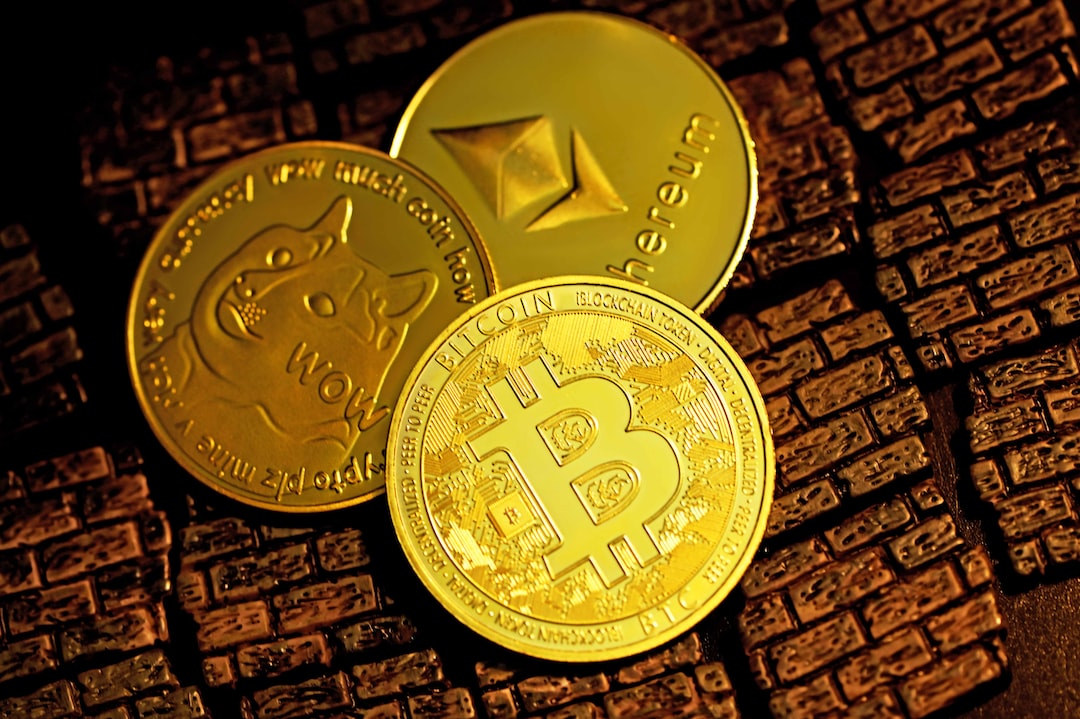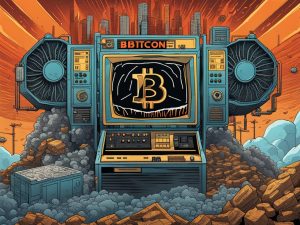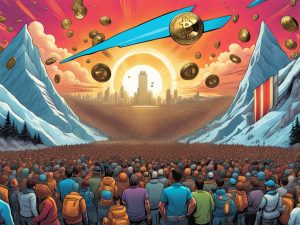Ethereum’s Shift from Deflation to Inflation Driven by Onchain Decline
Ethereum, which previously followed a deflationary model due to the London hard fork’s EIP-1559 and the transition to proof-of-stake, has experienced a decrease in onchain activities. As a result, the fee-burning mechanism of EIP-1559 has been burning fewer ethers, leading to a shift towards inflation. Over the past 17 days, Ethereum’s inflation rate has increased by 0.178%, with the network adding 22,502 ether (worth $35.31 million) to its total supply.
Increase in Total Ether Supply
Between September 24 and October 11, 2023, the total ether supply grew from 120,228,449 to 120,250,951. This addition of 22,502 ether further contributes to Ethereum’s growing inflation rate.
Stagnating Daily Transaction Rate
Ethereum’s daily transaction rate has been stagnant, with layer two (L2) platforms reducing its activity. The average transaction fee on Ethereum is currently 0.0012 ETH or $1.83, the lowest it has been since December 2022. The network’s median transaction fee stands at 0.00046 ETH or $0.726.
Burn Rate and Supply Changes
According to ultrasound.money, the burn rate for Ethereum is currently at 0.57 ETH per minute, with a total of 5,783.55 ETH burned in the past week alone. Since the inception of EIP-1559, a total of 3,633,752 ETH has been burned at an average rate of 3.17 ETH per minute. In the last week, the supply has seen an increase of 10,321 ETH.
Simulated PoW Data
If proof-of-work (PoW) had remained in place, the supply would have increased by 88,724 ETH within a week, according to simulated PoW data from the web portal.
Hot Take: Ethereum’s Shift Towards Inflation Amid Onchain Decline
Ethereum’s recent transition from a deflationary to an inflationary model is driven by a decline in onchain activities. The decrease in Ethereum’s issuance rate and the burning of fewer ethers have contributed to this shift. As a result, the total supply of ether has increased, while the daily transaction rate has stagnated. Despite these changes, Ethereum continues to evolve and adapt as it explores new solutions and addresses challenges in its ecosystem.





 By
By
 By
By


 By
By
 By
By